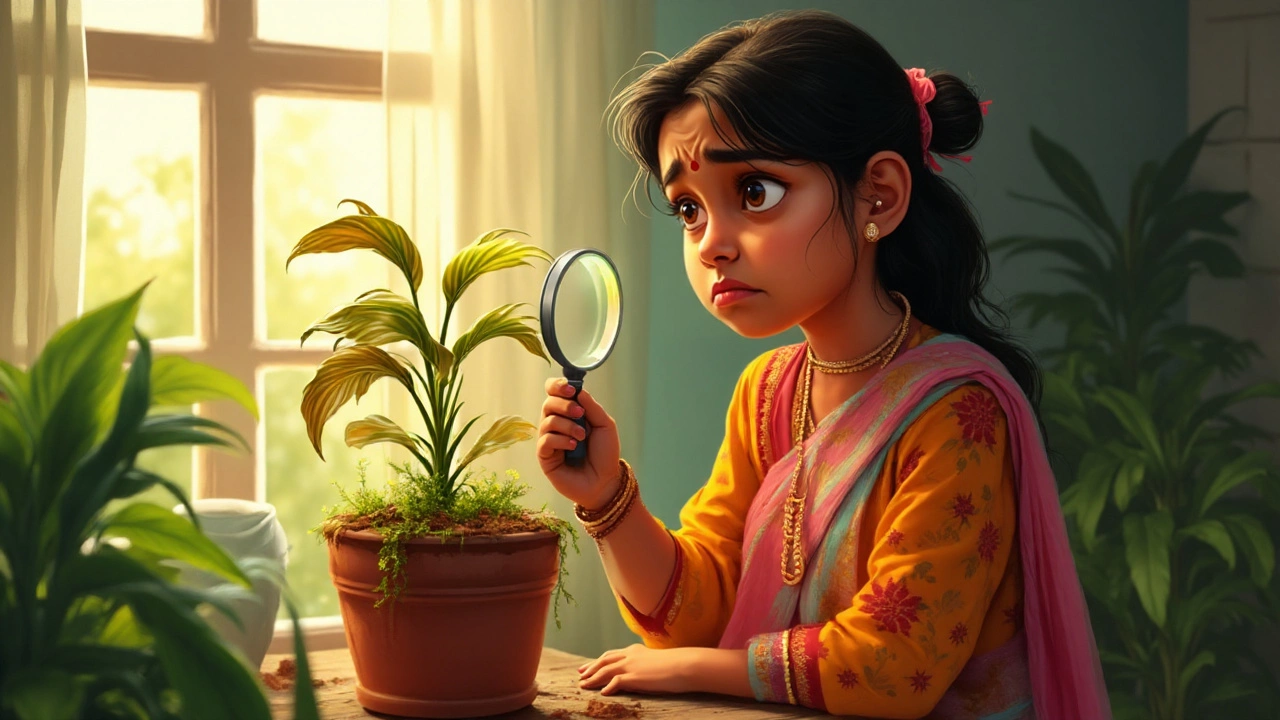Struggling with a wilting or browning plant? Learn how to identify problems, revive dying houseplants, and keep your greenery thriving.
Root Rescue: Fix Poor Soil, Save Your Plants, and Grow Stronger Gardens
When your plants start drooping, yellowing, or just won’t grow no matter how much you water them, the problem isn’t usually the water—it’s the root rescue, the process of diagnosing and repairing damaged or suffocated plant roots to restore plant health. Most gardeners think they’re overwatering or underfeeding, but the real issue is often hidden underground: compacted soil, poor drainage, or roots drowning in wet dirt. Root rescue means stepping back, checking what’s really happening below the surface, and fixing it before it’s too late.
It’s not magic. It’s basic soil science. If your soil feels like concrete, your roots can’t breathe. If water pools after rain, your roots are rotting. You don’t need fancy tools—just a trowel, some compost, and the willingness to dig. soil improvement, adding organic matter and drainage agents to make garden soil lighter and more hospitable for roots is the first step. Think perlite, leaf mold, or well-rotted compost—things that open up the soil like a sponge. And if you’ve been using the same pot for years? That’s a red flag. Roots get tangled, soil gets exhausted, and plants suffer. plant health, the overall condition of a plant determined by root function, nutrient uptake, and environmental adaptation starts with roots that can spread, breathe, and drink without drowning.
You’ll find posts here that show you exactly how to spot root rot before it kills your hydrangeas, how to fix dense clay soil so your veggies can thrive, and why a clogged drip line can starve roots even when the system looks fine. Some guides talk about balcony gardens where pots dry out too fast, others about kitchen gardens where rabbits nibble leaves but the real enemy is compacted dirt beneath. One post even explains why rice can’t regrow—it’s because its roots don’t survive the harvest. That’s root rescue in action: understanding what roots need to live, not just what leaves look pretty.
There’s no single fix. But there’s a pattern. Healthy roots need air, space, and steady moisture—not too wet, not too dry. Whether you’re growing basil on a balcony, tomatoes in a raised bed, or flowers in clay-heavy soil, the same rules apply. The posts below give you real, tested fixes—not theory, not guesses. They show you how to lift a plant, check its roots, and bring it back. They tell you what to add, what to avoid, and when to walk away from a plant that’s already gone. This isn’t about perfection. It’s about giving your plants a fighting chance.
